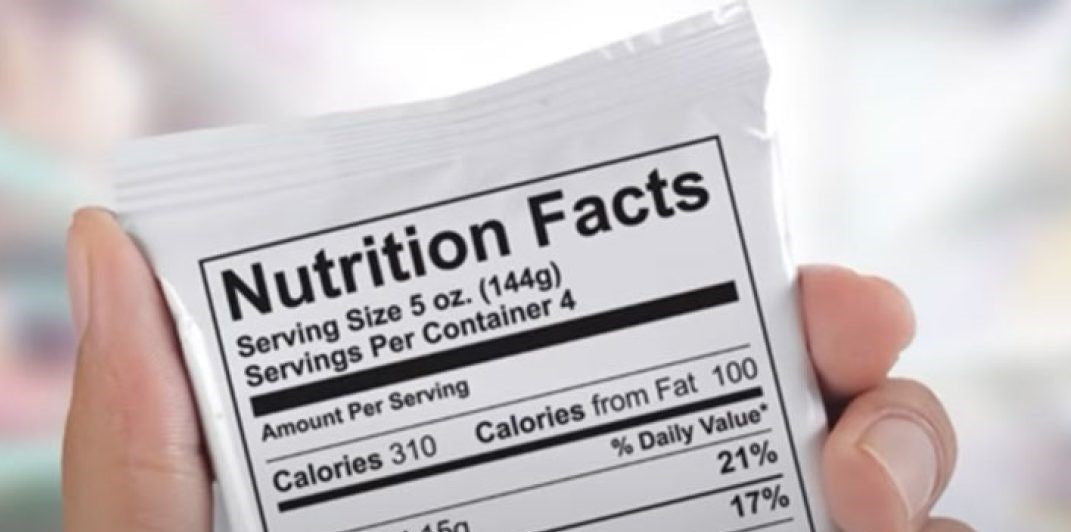Preservatives are commonly used in packaged food to extend their shelf life, maintain freshness, and prevent spoilage. While they can be beneficial for food manufacturers and consumers, they can also pose potential health risks.
Some common preservatives used in packaged foods include BHA (butylated hydroxyanisole), BHT (butylated hydroxytoluene), and TBHQ (tertiary butylhydroquinone). These preservatives have been linked to various health concerns, including:
It is often the additives that are used to give a food a marketable quality, such as color, that most commonly cause allergic reactions. Some of these hypersensitive reactions include:
-
Digestive disorders – diarrhea and colicky pains

- Nervous disorders – hyperactivity, insomnia, and irritability
- Respiratory problems – asthma, rhinitis, and sinusitis
- Skin problems – hives, itching, rashes, and swelling.
Choosing no preservative options can help reduce the potential health risks associated with consuming preservatives in packaged foods. This may mean opting for fresh produce or choosing products that use natural preservatives such as vinegar, lemon juice, or rosemary extract.
It's important to read food labels carefully to identify the preservatives used in packaged foods. If you're unsure about a particular ingredient, do some research or consult a healthcare professional. By making informed choices about the foods you consume, you can help protect your health and well-being.

